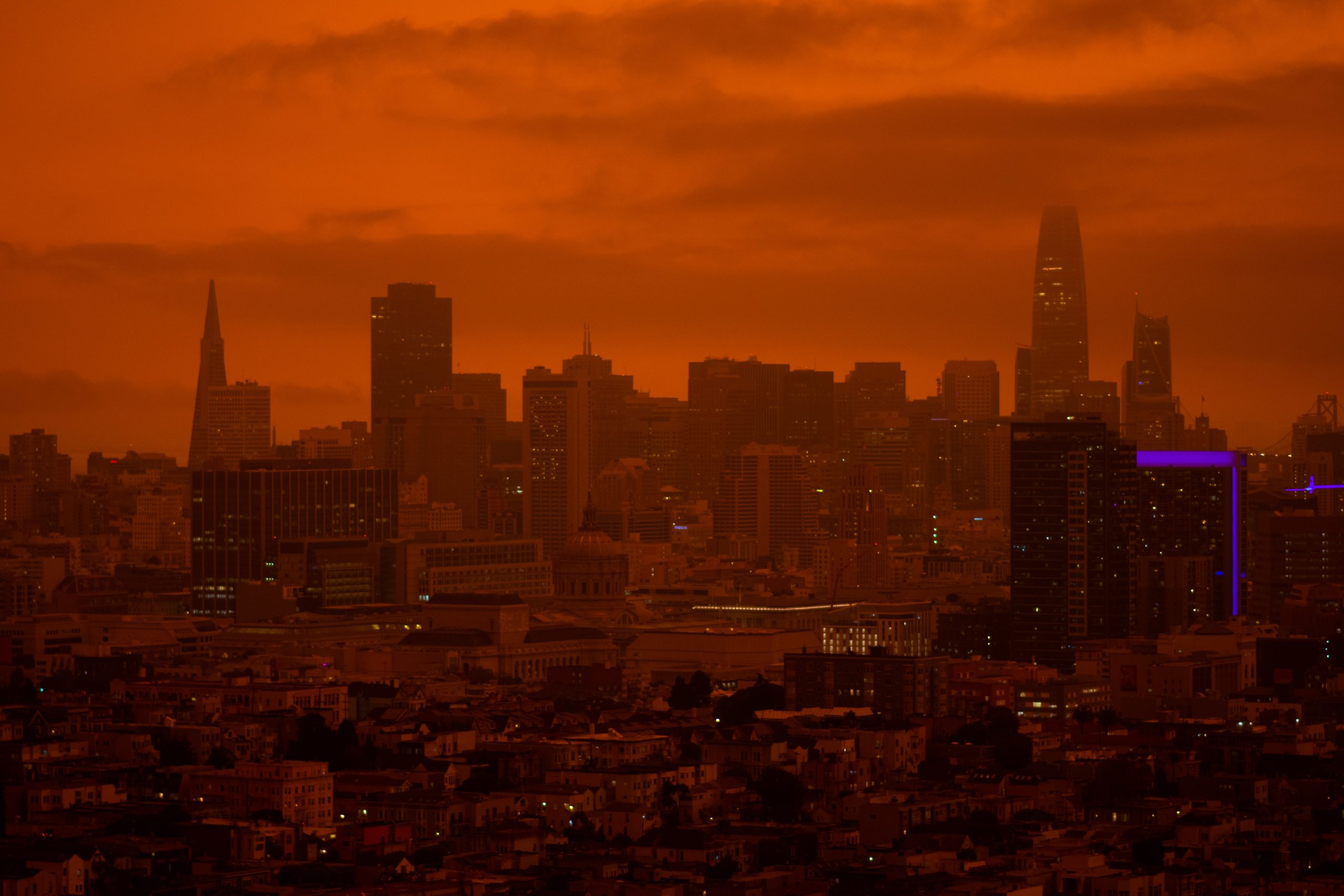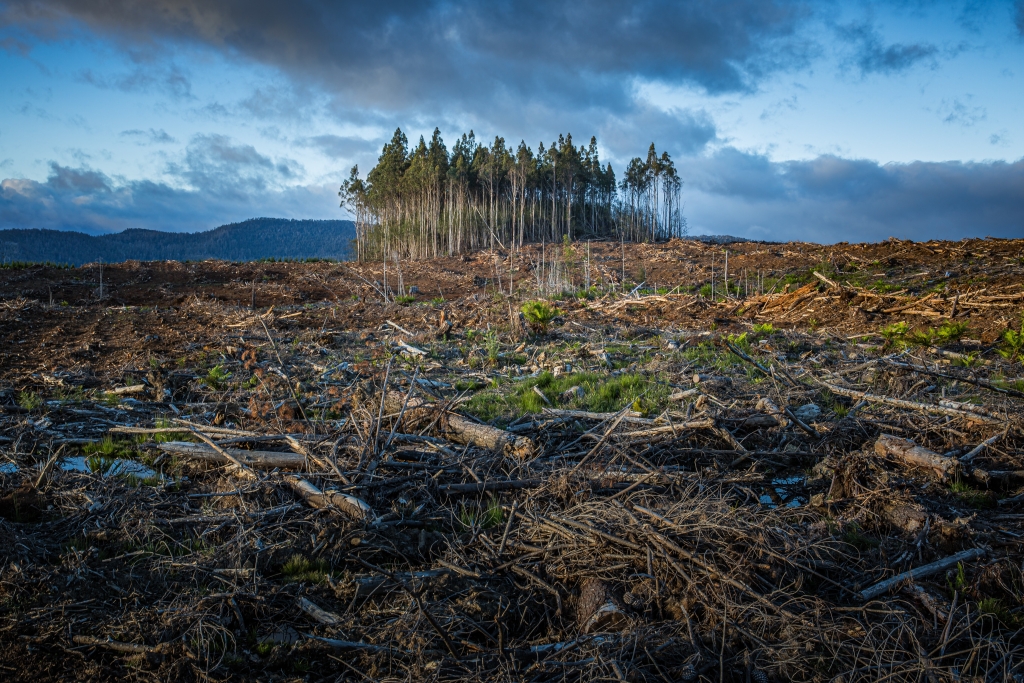
I never tire of hearing the media say: “The emission of toxic gases, such as CO2, resulting from human actions, such as industrial activity and transport, is responsible for the phenomenon of climate change”. I'm going to divide this sentence into two parts, the first: yes, the emission of greenhouse gases, such as CO2, methane and other gases form a layer in the atmosphere that retains heat, which causes the Earth's average global temperature to increase over time, and quite significantly after the industrial revolution, when we began to use fuels on a large scale fossils like coal.
The second point I wanted to bring up for reflection is that the CO2 It is not a toxic gas! All living beings, when breathing, absorb oxygen from the atmosphere and, through the process of cellular respiration, eliminate CO2. That is, if the CO2 If it were toxic, we would be poisoning ourselves simply by breathing it. Doing the reverse cycle, plants and algae, in the photosynthesis process, remove CO2 from the atmosphere and fix it in their tissues, while eliminating, as “waste”, the oxygen we breathe. Nature, in its perfect cycles, promotes the recirculation of these chemical elements continuously. That's why we say that forests and emission offsets through reforestation projects are an important tool for absorbing part of these gases and retaining them in the form of organic matter.
So what's the problem with CO?2? The problem is that fossil fuels are formed from the deposition of organic matter (i.e. remains of plants, algae and animals) at the bottom of seas and lakes, and the sedimentation of this material under high pressures and temperatures over millions of years. , giving rise to chemical molecules that contain several carbon atoms and a lot of energy in their structure, hydrocarbons. And the burning of these fuels in the world, mainly in combustion car engines and for energy generation, is causing this gigantic amount of carbon, which was stored for millions of years, to now be released into the atmosphere, causing a significant increase and continuous flow of this gas in the gaseous layer of the earth.
According to the publication “The Atmosphere: Understanding Carbon Dioxide” (free translation) by Alan Buis, from NASA's Jet Propulsion Laboratory, the concentration of carbon dioxide in the Earth's atmosphere was, in 2019, at nearly 412 parts per million (ppm) and rising. This represents an increase of 47% since the beginning of the Industrial Era, when the concentration approached 280 ppm, and an increase of 11% since 2000, when it was close to 370 ppm.

It is also important to mention that deforestation, which we are seeing increasingly in the Amazon and other regions of the world, whether through fires or clear cutting, also causes all the carbon that was stored in the branches, leaves, trunks and in the soil (yes, there is a lot of carbon stored in the soil of forested areas!) is emitted into the atmosphere, which reduces the ability of forests to act as natural carbon stores and regulate the climate.
So, what we, human beings, are doing is disrupting the planet's geochemical balance by emitting much more CO2 than nature is capable of storing. In other words, when we burn, whether a non-renewable fossil resource or forests, we are transforming a circular process (carbon cycle) into a linear process, with the depletion of this resource at one end (fossil fuel reserves and biomass stock from our forests) and accumulation in the other (increased CO concentration2 In the atmosphere).
So, what can we do to minimize this situation? The development of new technologies to remove carbon from the atmosphere and store it in the soil is important, but at the moment these are expensive and poorly scalable technologies. What we need to do as soon as possible is replace the consumption of fossil fuels with renewable sources, both in the energy generation process and in the transport sector.
We also need to stop, or reduce as much as possible, deforestation and promote the regeneration of natural areas, which has the capacity to not only remove carbon from the atmosphere, but bring many other benefits, such as greater quantity and quality of water, reduced erosion and soil loss and maintenance of biodiversity.
“In nature nothing is lost, nothing is created, everything is transformed”.
May we learn more from nature to carry out human activities in a cyclical, balanced and harmonious way.
Share